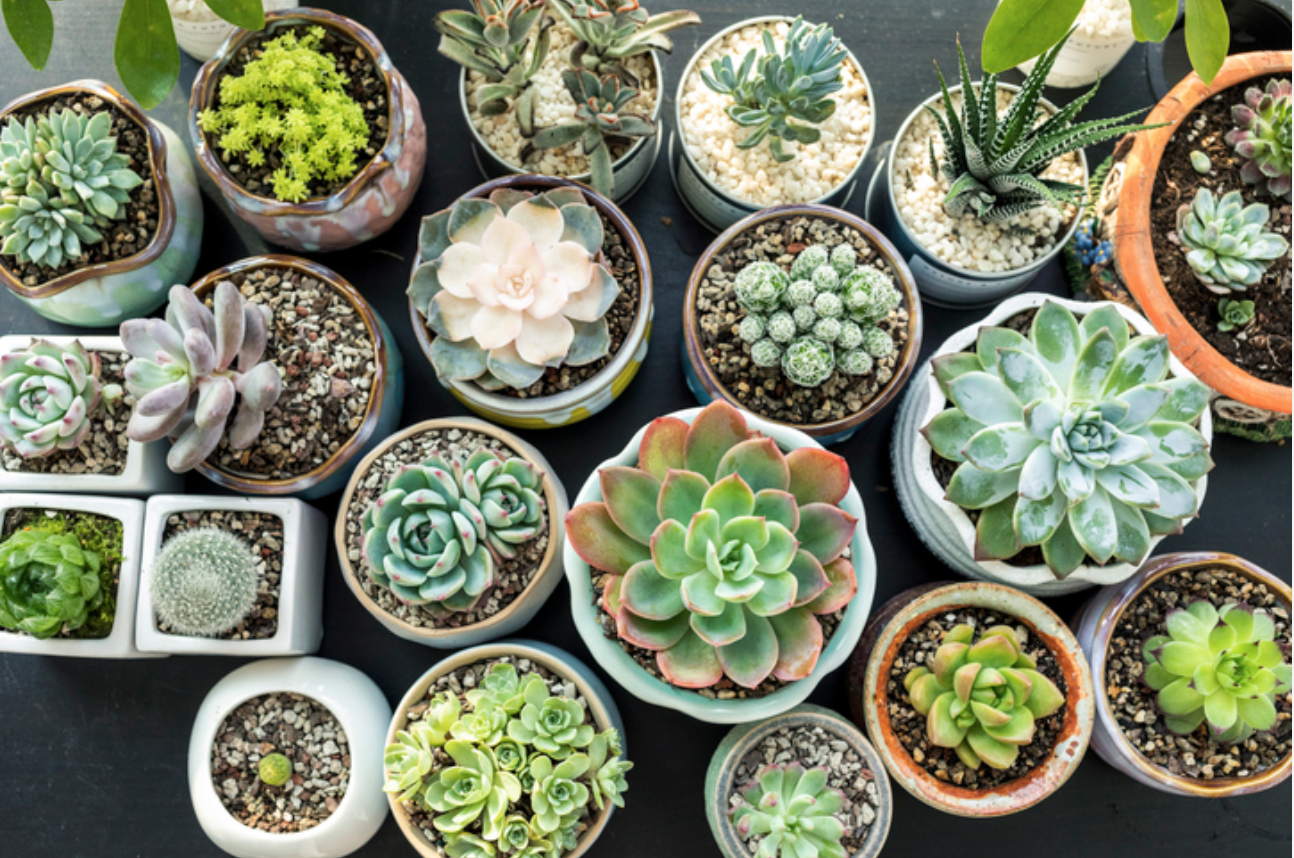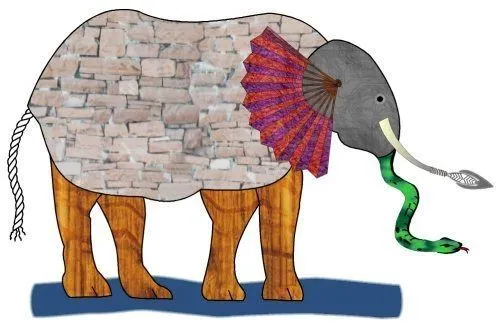Background Noise

Do you tend to notice the rustling of leaves in the wind when you're out on a walk? Leaves can be loud - they tend to make an average of 10dB of sound. Whether you notice it or not will, of course, partly depend on how much you are paying attention. But I've been reminding myself recently that it also depends on what other sounds are present in the background. Naturally, when it comes to perception, we focus on the primary object of our senses. But given how much our senses are impacted by everything else, we need to take it all into account.
Same sense "noise"
Below in Image A, we have two images that help us see how much difference it can make to what we see. We see two small squares, one on a light background and the other on a dark background. The squares appear to have different grey levels, but in fact, they are the same shade of grey. The visual effect is because our eyes adapt to the surrounding brightness levels when it interprets the brightness of an object.

Taking this a step further, here in Image B the squares are split into two halves, the left side being slightly darker than the right side. For most people, this effect is more evident from the display on the left, where the contrast with the background grey is only slight. On the right, however, the bigger difference with the black background makes it harder to notice the subtle difference in the grey levels. In other words, what we notice depends on the background.

Other senses can play a role too
Sometimes in order to see clearly, we also have to turn down the sound. This is partly because it distracts our attention, but also because it can directly interfere with how clearly we can see.
It is well established scientifically that all of us - and some much more than others - have a mixing of our senses. So-called "multisensory integration" in which the nervous sytem takes sight, sound, touch, smell, self-motion and taste and enables the different sensory modalities to interact with each other. Especially when the two things (for example a colour and a sound) are coming from the same location, and arising at the same time.
And so when we're reflecting on how much we can see, how clearly we can see it, don't just look at the object, but background "noises" - from all senses - too!
Noticing – Our Newsletter
Join our newsletter community for monthly inspiration to slow down and stay curious about everyday life and what matters most to you.




